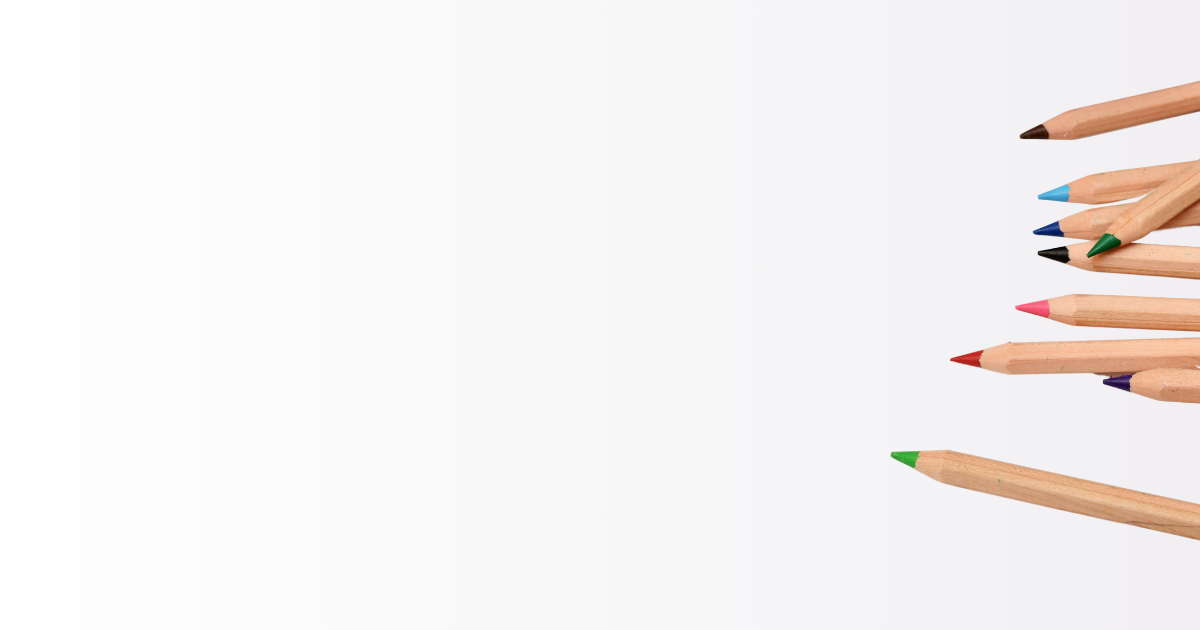
Ideate & Design
Design
Taking our ideas and refining them into user-centric visual designs and layouts.
-
Creating low-fidelity layouts to define the structure and hierarchy of each screen, helping to focus on usability and user flow before visual design begins.
-
Building interactive mockups that simulate user actions and product behavior, allowing for early feedback and validation before development.
-
Designing high-fidelity interfaces that reflect your brand’s identity through thoughtful use of color, typography, layout, and imagery.
-
Developing reusable components, style guides, and visual patterns to ensure consistency, scalability, and efficiency across your product.
Ideate
Focus on exploring ideas, solving problems, and setting the foundation for design.
-
Collaborative sessions to generate ideas, explore possibilities, and start solving design challenges.
-
Mapping out user paths and visualizing their entire experience, including pain points and emotions, to ensure smooth and seamless interactions.
-
Developing multiple solution pathways to a problem — from layout ideas to interaction models — so we can test, compare, and choose the best direction before moving into design.
Finalize
Finalizing the design for development or launch, ensuring all pieces align and are ready for implementation.
-
Adapting layouts and components for a seamless experience across devices, screen sizes, and accessibility needs.
-
Conducting a last review of key flows and interactions to confirm clarity, consistency, and ease of use before launch.
-
Auditing final designs for visual and functional accuracy, ensuring alignment with design systems, best practices, and development expectations.
-
Preparing organized files, specs, and assets with clear documentation to support a smooth and collaborative build process.
Iterate
Refining the design through testing, feedback, and optimization.
-
Incorporating insights from teammates, stakeholders, and users to evolve designs and align them with both vision and usability goals.
-
Fine-tuning spacing, color, iconography, and typography to enhance clarity, cohesion, and overall aesthetic quality.
-
Tweaking transitions, button states, and other subtle details to make the interface feel smoother and more intuitive.
-
Reviewing components and patterns to make sure visual and interaction rules are applied uniformly throughout the product.





